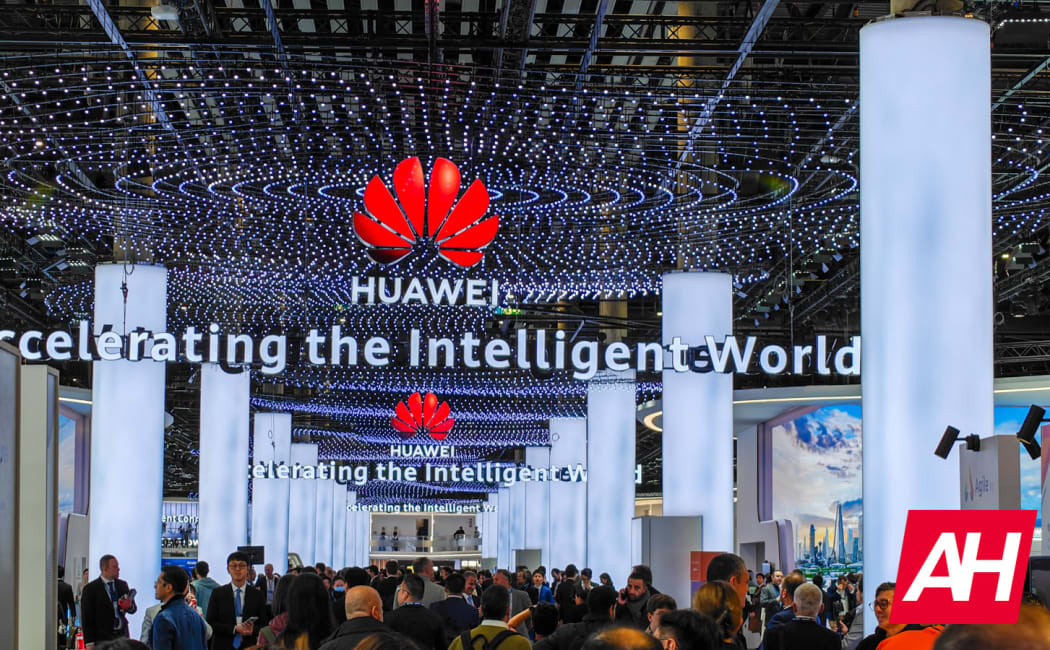Huawei Targets 100 Million 5G-A Smartphones by 2025 | Network Revolution

Huawei Targets 100 Million 5G-A Smartphones by 2025
Next-Generation Network & AI Integration to Reshape the Mobile Experience
In a bold step towards next-generation connectivity, has revealed its ambitious target of making 100 million smartphones compatible with the 5G-A network by the end of 2025. This strategic move marks a new chapter in the mobile industry, blending ultra-fast network technology with advanced AI capabilities to deliver a smarter, faster, and more efficient mobile experience for users worldwide.
With just months left in 2025, achieving this massive goal seems challenging but not impossible for the tech giant. Huawei’s leadership has outlined a clear 5G-A adoption roadmap, which involves seamless integration of network innovation with AI-powered features across its smartphone lineup.
Huawei’s Vision for the 5G-A Era
The company envisions a mobile landscape where 5G-Advanced connectivity works hand-in-hand with artificial intelligence to transform the way smartphones operate. This vision was further reinforced when Samuel Chen, Vice President of Marketing for Huawei’s Wireless Network Business, delivered a keynote speech themed “5G-A Reshapes the Mobile AI Era.”
Chen highlighted how the new wave of AI smartphones demands stronger and more flexible network infrastructures. Huawei aims to meet these demands head-on through its “Five Alls” strategy: All bands, All coverage, All scenarios, All digitalization, and All intelligence. This holistic approach is designed to ensure reliable connectivity, faster speeds, and enhanced AI capabilities across every Huawei device.
Pioneering 5G-A Network Solutions
To make this large-scale rollout successful, Huawei is deploying 5G-Advanced (5G-A) network solutions with cutting-edge technology like AgenticRAN, which builds a smarter framework for energy management, spectrum efficiency, and network operations. According to the company, Pano Radio and EasyAAU will be essential components to enable low latency and support massive real-time AI workloads.
These solutions are not just about speed — they’re about empowering the next generation of AI-powered smartphones to handle complex tasks seamlessly. This means smoother video calls, faster app loading, ultra-responsive gaming, and immersive AR experiences without network lag.
Global and Domestic Expansion
A key question that remains is whether Huawei’s 100 million 5G-A smartphone goal is focused solely on China’s domestic market or if it also includes international expansion. While official details are still under wraps, industry experts predict that Huawei will likely aim for a hybrid strategy — strengthening its position in China while gradually expanding to regions where 5G infrastructure is rapidly developing.
With 5G networks already seeing widespread adoption in countries like South Korea, the UAE, and parts of Europe, Huawei may have a strong foundation to push its 5G-A devices globally, positioning itself as a leader in next-gen connectivity.
Meeting the Demand for AI Smartphones
The demand for AI-integrated smartphones is rising fast. Consumers expect more from their devices — smarter cameras, predictive text, voice assistants, real-time translations, and advanced personalization features. All of this requires a network that is faster, smarter, and more stable.
Huawei’s 5G-A strategy is built precisely for this future. By combining ultra-fast speeds with low latency and AI-driven intelligence, the company aims to redefine what mobile performance means in 2025 and beyond.
Why This Move Matters for the Industry
If Huawei achieves its goal of 100 million 5G-A devices, it won’t just be a company milestone — it could trigger a major shift in the entire smartphone industry. Competitors like and other tech giants may be pushed to accelerate their own network and AI advancements to keep up.
This level of competition often benefits consumers the most — leading to better technology, more affordable devices, and richer digital experiences.
Looking Ahead to 2025
While there are still challenges to overcome — including global supply chain issues and regulatory hurdles — Huawei’s clear and ambitious roadmap suggests the company is ready to take bold steps. If the target of 100 million 5G-A smartphones becomes a reality, it will mark one of the largest 5G-A adoptions in the world to date.
As the year progresses, all eyes will be on Huawei’s execution strategy and how it leverages AI and advanced networks to stay ahead of the curve. One thing is certain — the 5G-A revolution is here, and Huawei intends to lead it.
Published on October 9, 2025 — By Blogentia
